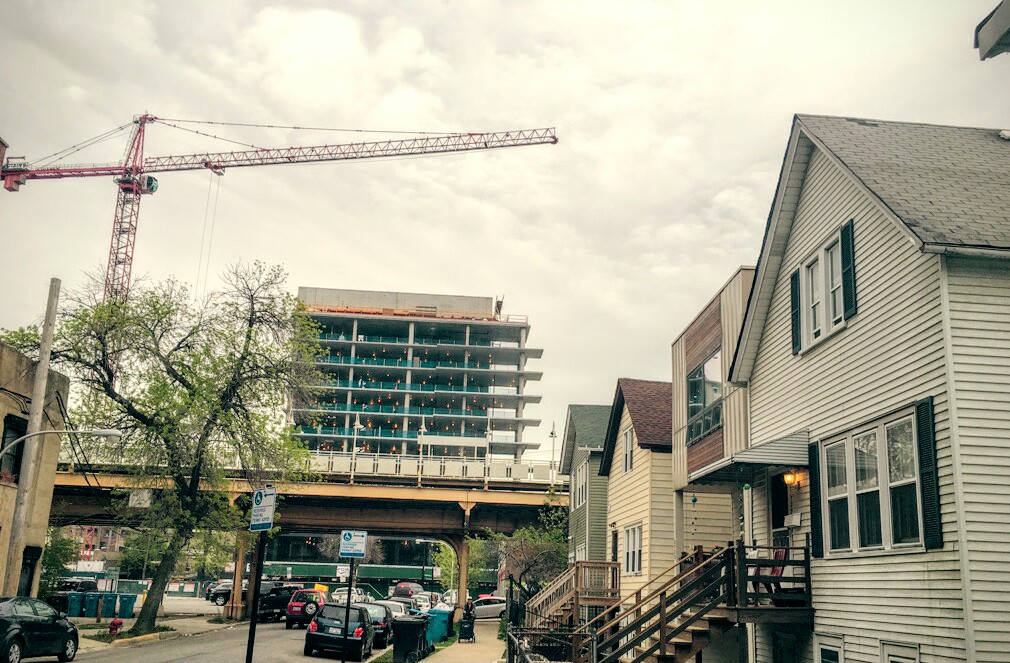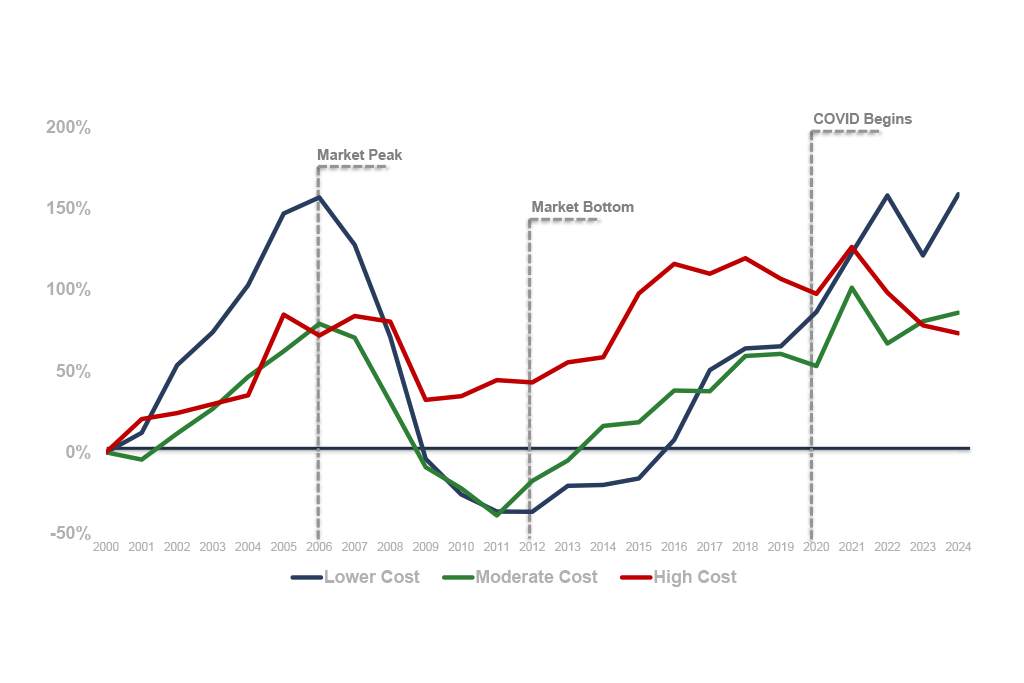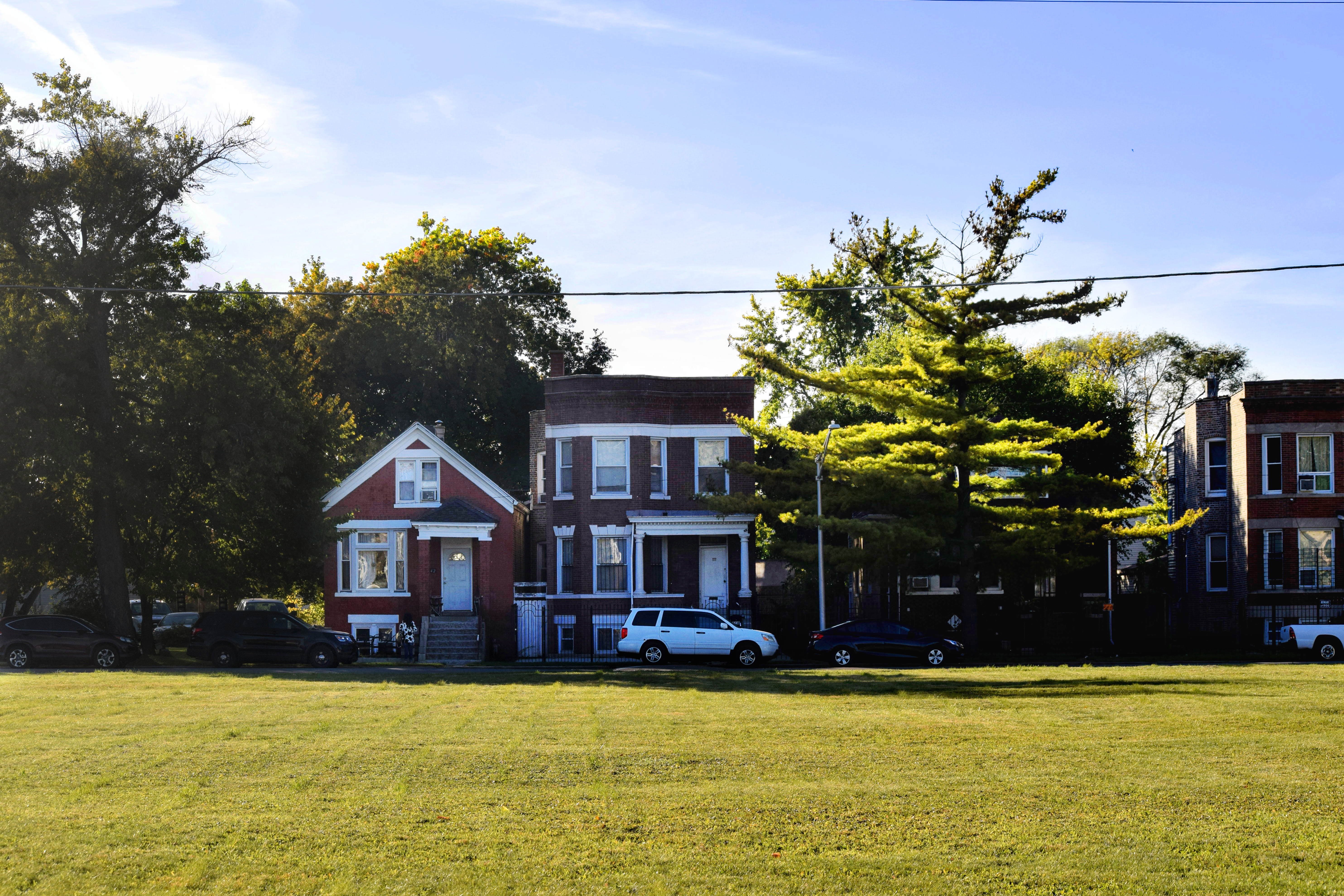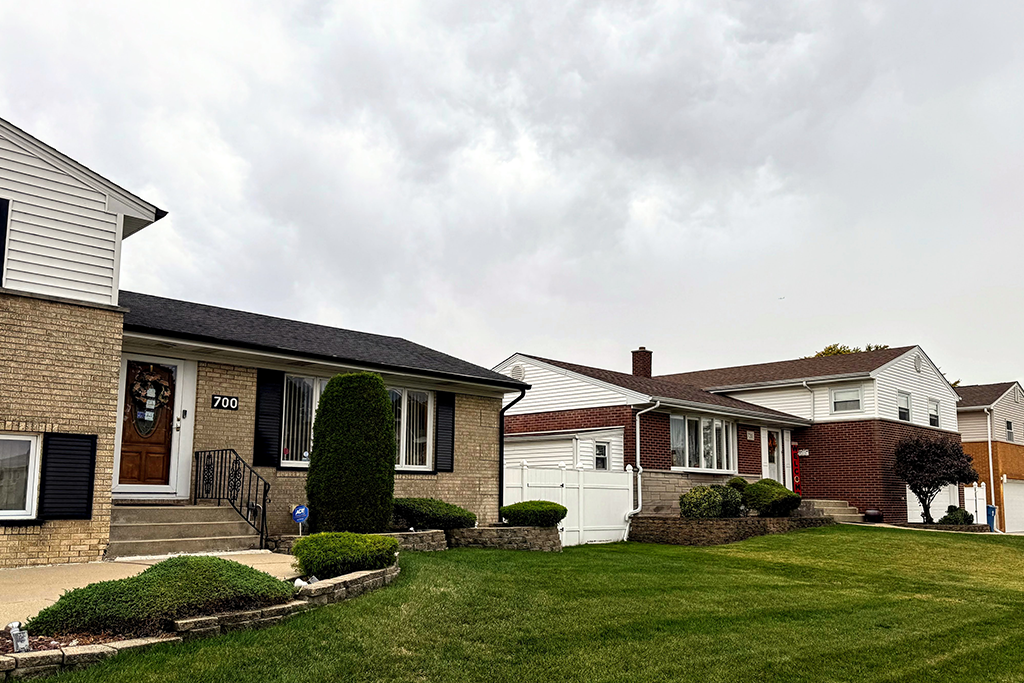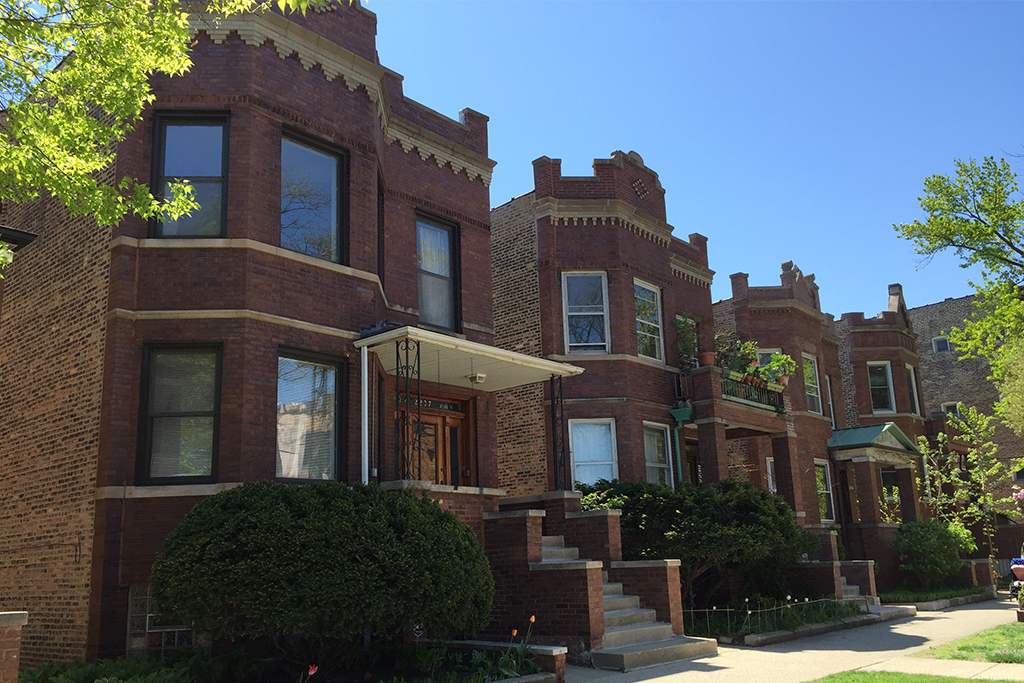More Americans of all ages and incomes are renting today than at any time since the 1960s. The more than 845,000 renters in Chicago and suburban Cook County face a white-hot rental market that makes developers happy, but leaves renters of modest means scrambling. Demand is up, vacancies are tight, and rents are rising in many neighborhoods.
“I don’t ever remember so much euphoria within the industry,” said Dan Epstein, founder and chairman of the real estate management group ConAm, during a panel discussion at the 2015 PCBC trade show. "Things are good, interest rates are friendly, and we’ve got demand.”
But when it comes to renting in Chicago, higher- and lower-income households have very different experiences. As our updated State of Rental Housing in Cook County documents, affordability is a persistent problem. While the most dramatic change in the rental market since 2011 has been the increase in higher income renter households, the majority of renters in Cook County still struggle financially. As developers gravitate toward the burgeoning high-end market, families served by the mid-range and lower-cost markets continue to face challenges.
Growing demand and the developer response
Demand is indeed up. The nation has seen the largest jump in renters in any 10-year period on record, and occupancy levels reached historic highs in 2015, at 96.1 percent, according to MPF Research. In 2015, the homeownership rate dipped to 63.5 percent, a low not seen since 1967.
Cook County and Chicago are no outliers. Our data show that in 2014, 43.7 percent (or 846,293) of Cook County households were renters, up from 37.7 percent in 2007, when 730,840 households were renting.
And rents are rising with demand. Nationally, the cost of renting saw the fastest growth in eight years, as measured by the Consumer Price Index. Builders are chasing those rising rents, but they are focused largely on one segment: the high-end market. “Everyone is building for a narrow, isolated market,” said Greg Willett, vice president of MPF Research--and that means those with the highest incomes. The Joint Center for Housing Studies finds that households with incomes of at least $75,000 accounted for nearly 60 percent of renter household growth between 2011 and 2014.
Developers in Chicago will complete a record 4,000 apartments downtown this year and almost 5,000 more in 2017, according to Appraisal Research Counselors. As our data show, the biggest gains among renter households in Cook County between 2011 and 2014 was among those earning between 120 and 200 percent of area median income (this translates to incomes between $74,000 and $123,000 in 2014). In fact, our data show that the vast majority of this increase was driven by younger (aged 25-34), wealthier households. These young, high-income households are choosing to rent instead of buy and prefer living in dense urban areas like downtown Chicago or neighborhoods like Logan Square that have seen dramatic increases in new apartment development.
Dan Schmitt, president and COO of HHHunt builders in Virginia, sees “a fundamental shift, especially since the Great Recession, in the philosophy on renting.” As he told Multifamily Executive magazine: “We believe, going forward, we’re much more of a rental nation than in the past.”
Another reason for the building boom in this narrow market—costs. Land prices and construction costs are on the rise, say developers, making it difficult to put up anything but high-end buildings. “As my father always says, a sheet of drywall doesn’t care if it’s in a luxury high-rise or an affordable housing project—it costs the same,” Toby Bozzuto, president and chief executive of the Bozzuto Group, a Washington-area builder, told The Wall Street Journal. Our own research has shown that, in Chicago, lending for multifamily projects since the recession has increasingly been concentrated in high-income neighborhoods.
The affordability crunch
We know that market-rate developers have largely focused on the high-end market. In fact, today’s high costs make it nearly impossible to build new construction rental that is affordable to low-income households. Only with public subsidy can developers build new affordable rental housing – and that public subsidy has been declining for years.
Although low-cost housing options are available in many neighborhoods, rent growth has outpaced wage growth by nearly double in the past five years, reports Multifamily Executive. This means that many low- and moderate-income households who face stagnant or declining incomes are paying much more than they can afford for housing. This chart by the Center on Budget and Policy Priorities sums it up:
 Source: Center on Budget and Policy Priorities
Source: Center on Budget and Policy Priorities
Although Chicago is more affordable than other big cities, “affordability is still a huge problem,” says Eiran Feldman, a property manager and investor in affordable housing mainly on Chicago’s South Side.
As our data show, in 2014 in Cook County, there were 334,767 affordable units on the market, but 511,085 low-income households who needed affordable housing, creating an “affordability gap,” or shortage, of nearly 176,000 units. Not surprisingly, some of the biggest gaps between available units and demand are on the south and west sides of the city, and into the south suburbs, where the majority of low- and moderate-income households live, and incomes are lower than average.
This shortage of affordable housing for lower-income renters remains a challenge. Nearly 45 percent of Cook renters earned less than half the area median income in 2014. Nearly 63 percent of these low-income renters are severely rent burdened, meaning that they devote more than half of their monthly income to rent.
What’s next?
So where to from here? Some worry the high-end market is overbuilt and heading for a dip, though many remain bullish. Renters, however, could see some relief if the market for high-end rentals is indeed overbuilt, says Multifamily Executive. Recent research supports the idea that increasing the housing supply in competitive markets, even at the high end, can lead to reduced displacement of lower-income households.
While this may slow rent increases, without smarter policies, affordability will continue to be an issue for far too many renters, particularly for those with the lowest incomes. The challenge of adding new affordable housing supply makes it all the more important to focus on preserving the affordable rental stock that already exists in low- and moderate-income neighborhoods. Our colleagues at The Preservation Compact point to strategies that help building owners manage costs, including retrofitting buildings to save on energy bills, decreasing property taxes for quality buildings with affordable units, and streamlining building codes and processes.
In addition to preservation strategies focused on controlling operating and maintenance costs, it is also important to ensure that buildings with government contracts to remain affordable in place don’t disappear. Toward that end, The Preservation Compact has also convened an interagency working group including HUD, IHDA, the City of Chicago, Cook County, tenant groups, and others, to coordinate ways to preserve the government assisted stock—with significant success.
A great need also exists for more subsidies to help low income tenants pay rent. Only about one in four eligible families receives housing assistance, mainly because of overall budget cuts amid rising costs. Providing rental assistance in the form of Housing Choice Vouchers to low income households "is the most direct and efficient way to close the affordability gap,” notes Jack Markowski, Chairman of The Preservation Compact.
One thing seems clear, as the demand for rental buildings rises, more policies such as these will be needed to ensure that this tale of two Chicago’s is only a short chapter, not a permanent fixture.
